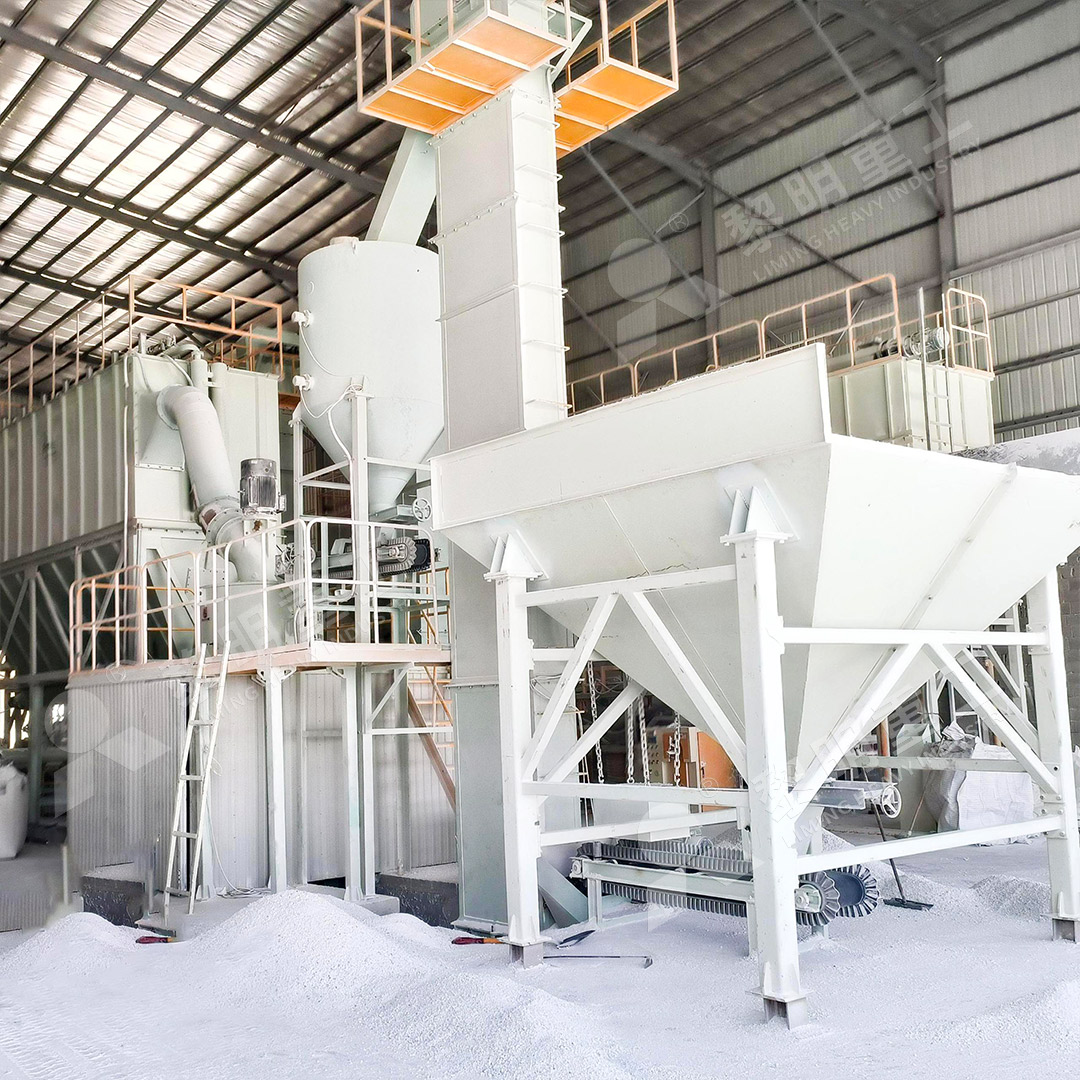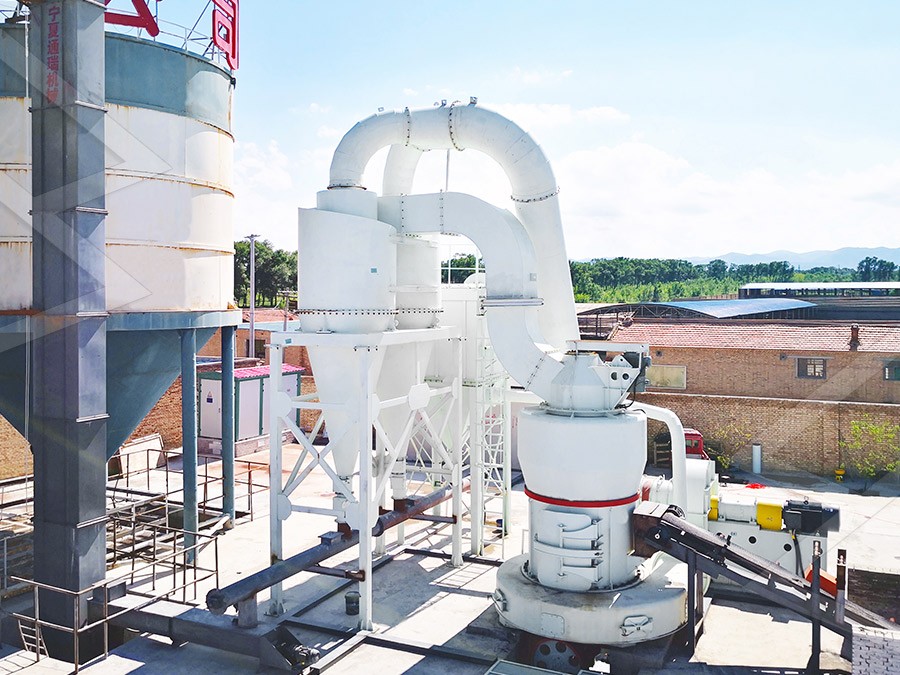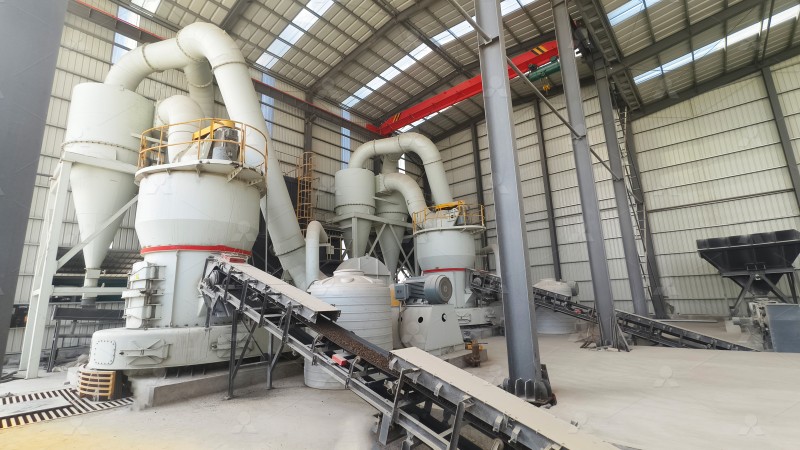Energy Saving and Environmentally Friendly Carbon Black Grinding Mill
Energy Saving and Environmentally Friendly Carbon Black Grinding Mill
In today’s industrial landscape, the demand for efficient and eco-conscious grinding solutions has never been higher. Carbon black processing, in particular, requires specialized equipment that can deliver fine powders while minimizing environmental impact and operational costs. Traditional grinding methods often fall short in meeting these dual objectives, leading manufacturers to seek advanced alternatives.

The evolution of grinding technology has brought forth innovative designs that address both performance and sustainability concerns. Modern grinding mills now incorporate features that significantly reduce energy consumption while maintaining high production capacity. These advancements are particularly crucial for carbon black processing, where particle size distribution and purity are critical quality parameters.
Key Considerations for Carbon Black Grinding
When selecting grinding equipment for carbon black applications, several factors demand careful consideration. The mill must handle materials with input sizes ranging from 0-20mm while achieving precise fineness control between 325-2500 meshes. Additionally, the system should incorporate effective dust collection mechanisms to maintain clean working environments and comply with stringent environmental regulations.
Energy efficiency represents another critical factor. Advanced grinding mills can reduce power consumption by 30-50% compared to conventional systems while increasing production capacity by up to 40%. This combination of higher output and lower energy usage directly translates to improved operational economics and reduced carbon footprint.

Advanced Grinding Solutions
Among the available options, the MW Ultrafine Grinding Mill stands out for carbon black processing applications. This machine demonstrates exceptional performance with an input size capacity of 0-20 mm and production rates ranging from 0.5 to 25 tph. The mill’s innovative design eliminates rolling bearings and screws within the grinding chamber, significantly reducing maintenance concerns and potential contamination risks.
The MW series incorporates German cage-type powder selector technology, enabling precise control over final product fineness. This feature proves particularly valuable for carbon black applications where consistent particle size distribution directly affects product quality and performance characteristics in downstream applications.
Environmental Compliance and Operational Safety
Modern grinding mills must address environmental concerns comprehensively. The integration of efficient pulse dust collectors ensures minimal dust emissions during operation, while advanced muffler systems and noise elimination rooms maintain workplace noise levels within acceptable limits. These features collectively ensure compliance with national environmental protection standards without compromising production efficiency.
The absence of direct mechanical contact between grinding components in advanced mill designs not only reduces wear but also minimizes iron contamination in the final product. This characteristic proves especially beneficial for carbon black processing, where product purity directly impacts application performance.

Operational Efficiency and Maintenance
Contemporary grinding systems incorporate external lubrication systems that allow maintenance without production stoppages. This design feature enables continuous 24-hour operation, maximizing equipment utilization and return on investment. Additionally, the availability of genuine spare parts and comprehensive technical support ensures long-term operational reliability.
For operations requiring different capacity ranges, the LUM Ultrafine Vertical Grinding Mill presents another excellent option with input size handling of 0-10 mm and capacity of 5-18 tph. Its unique roller shell and lining plate grinding curve design facilitates efficient material layer generation, enhancing grinding efficiency while maintaining product quality.
Frequently Asked Questions
What makes the MW Ultrafine Grinding Mill suitable for carbon black processing?
The MW Ultrafine Grinding Mill excels in carbon black applications due to its precise fineness control (325-2500 meshes), efficient dust collection system, and minimal iron contamination risk. The absence of rolling bearings in the grinding chamber eliminates a common source of product contamination.
How does the energy consumption compare to traditional grinding mills?
The MW Ultrafine Grinding Mill reduces energy consumption by approximately 30-50% compared to conventional jet grinding mills while increasing production capacity by up to 40%. This efficiency stems from optimized grinding curves and advanced powder separation technology.
What environmental features are incorporated into modern grinding mills?
Contemporary designs include pulse dust collectors that eliminate dust pollution, silencers and noise elimination rooms that reduce operational noise, and sealed systems that prevent material leakage. These features ensure compliance with environmental standards while maintaining production efficiency.
How does the maintenance requirement compare to older mill designs?
Advanced mills feature simplified maintenance with external lubrication systems that don’t require shutdowns. The absence of screws and special bearing arrangements in the grinding chamber reduces failure points, while accessible design facilitates quick component replacement when necessary.
Can the same mill handle different material fineness requirements?
Yes, modern grinding mills like the MW series feature adjustable cage-type powder selectors that allow operators to modify product fineness between 325-2500 meshes without equipment modifications, providing flexibility for different product specifications.
